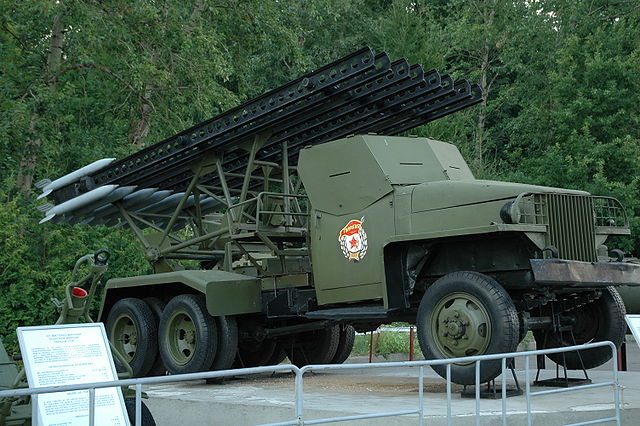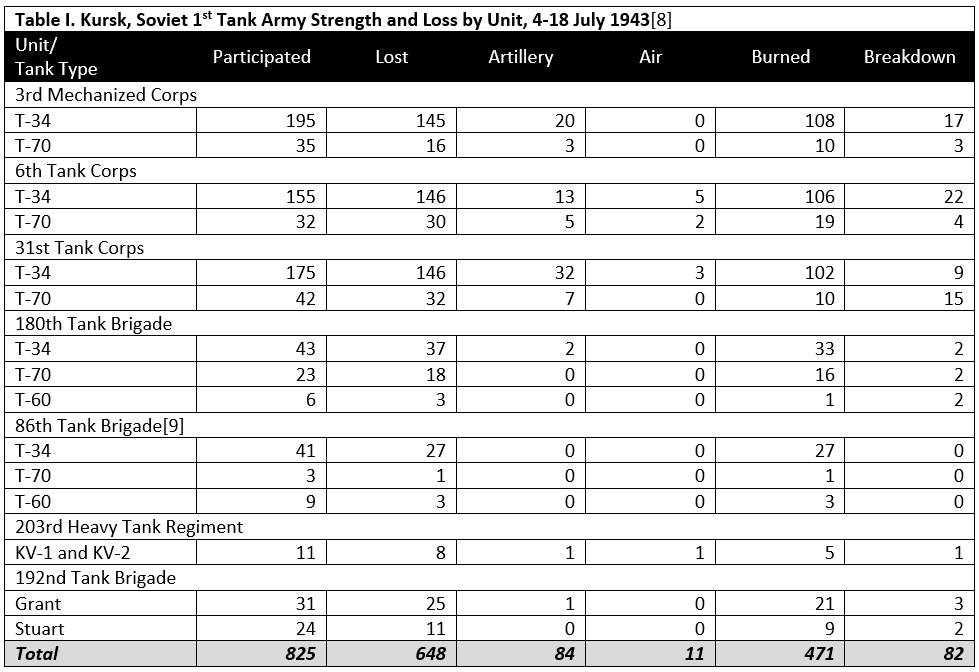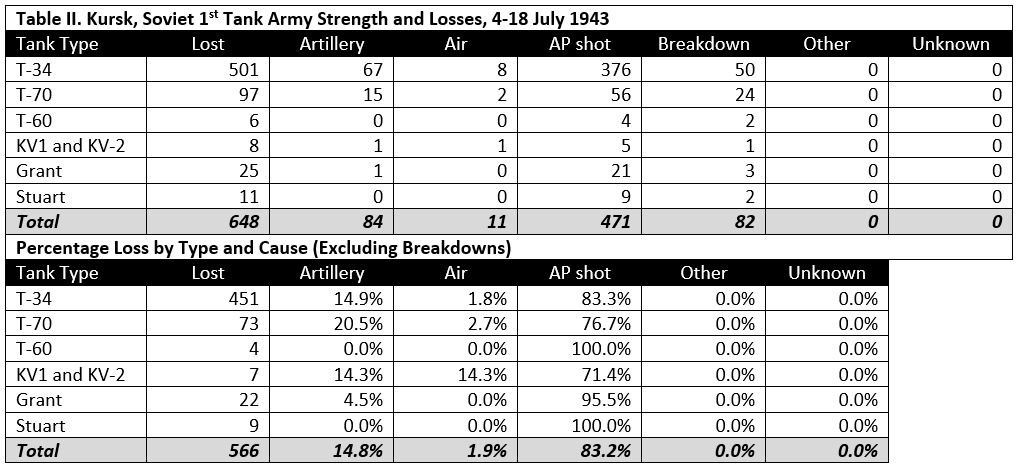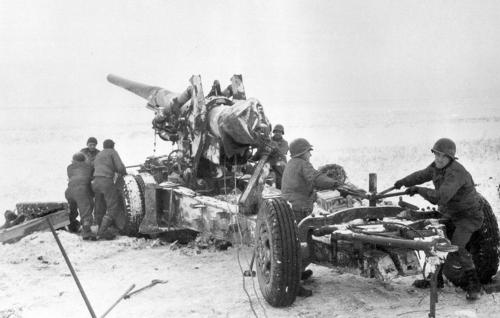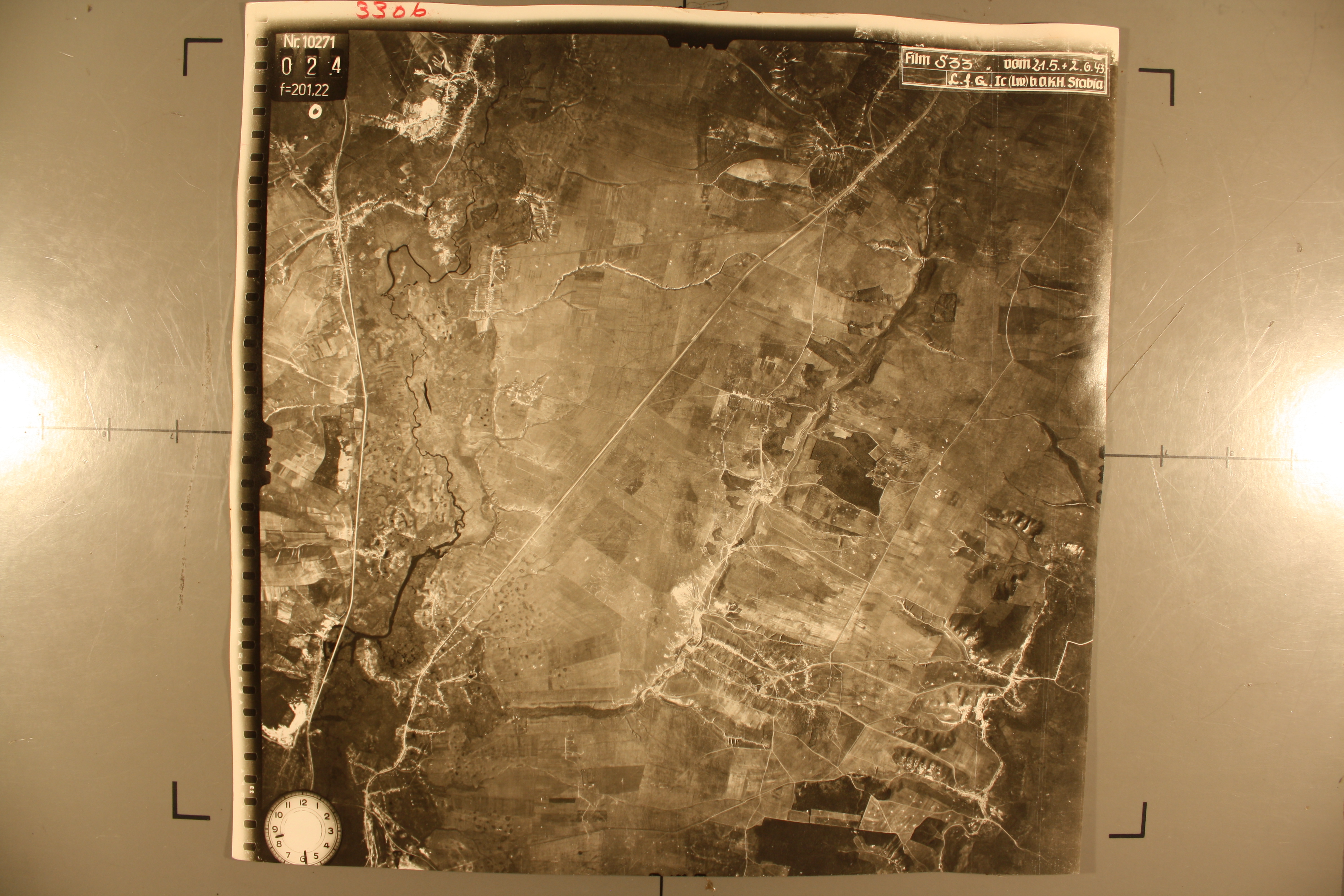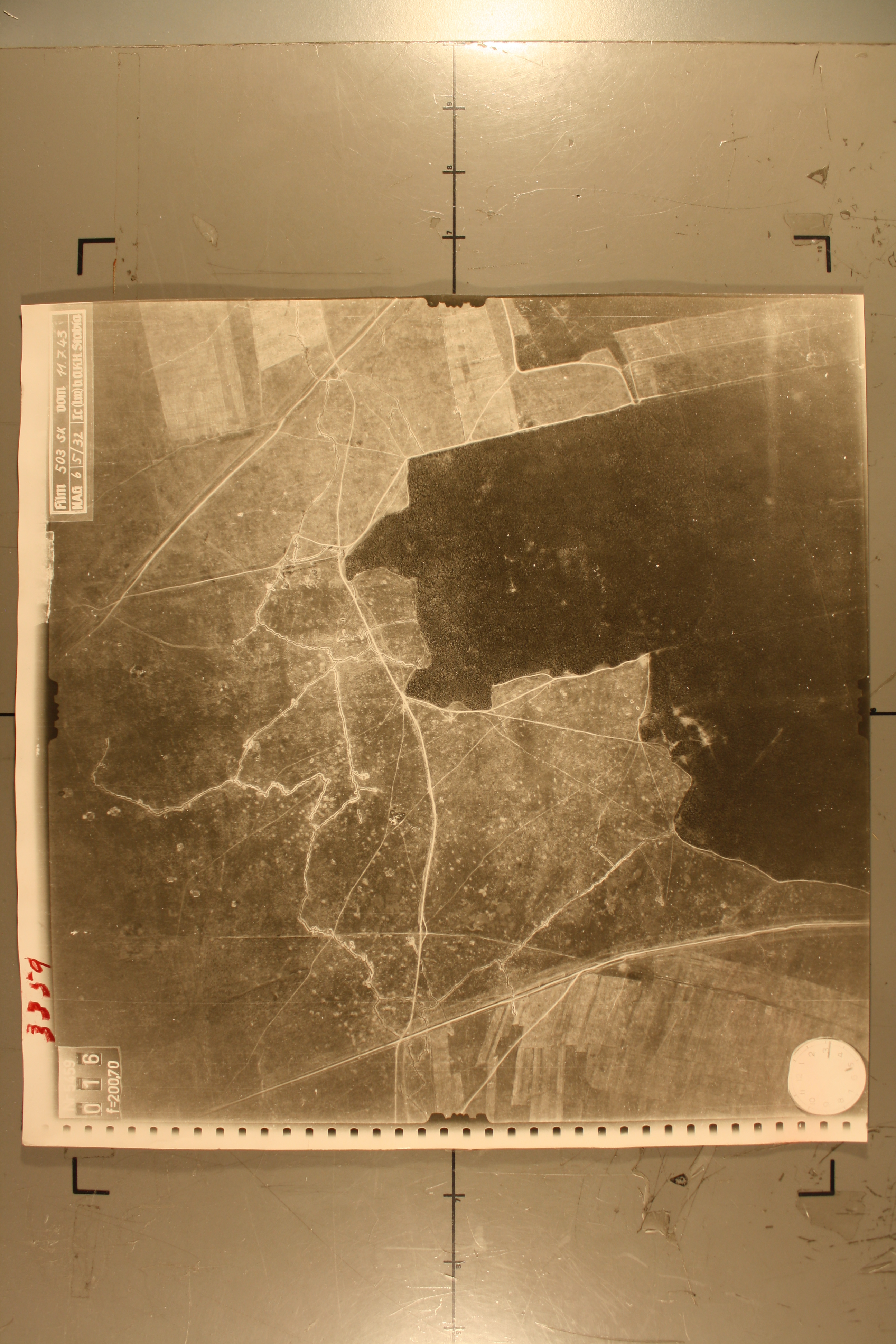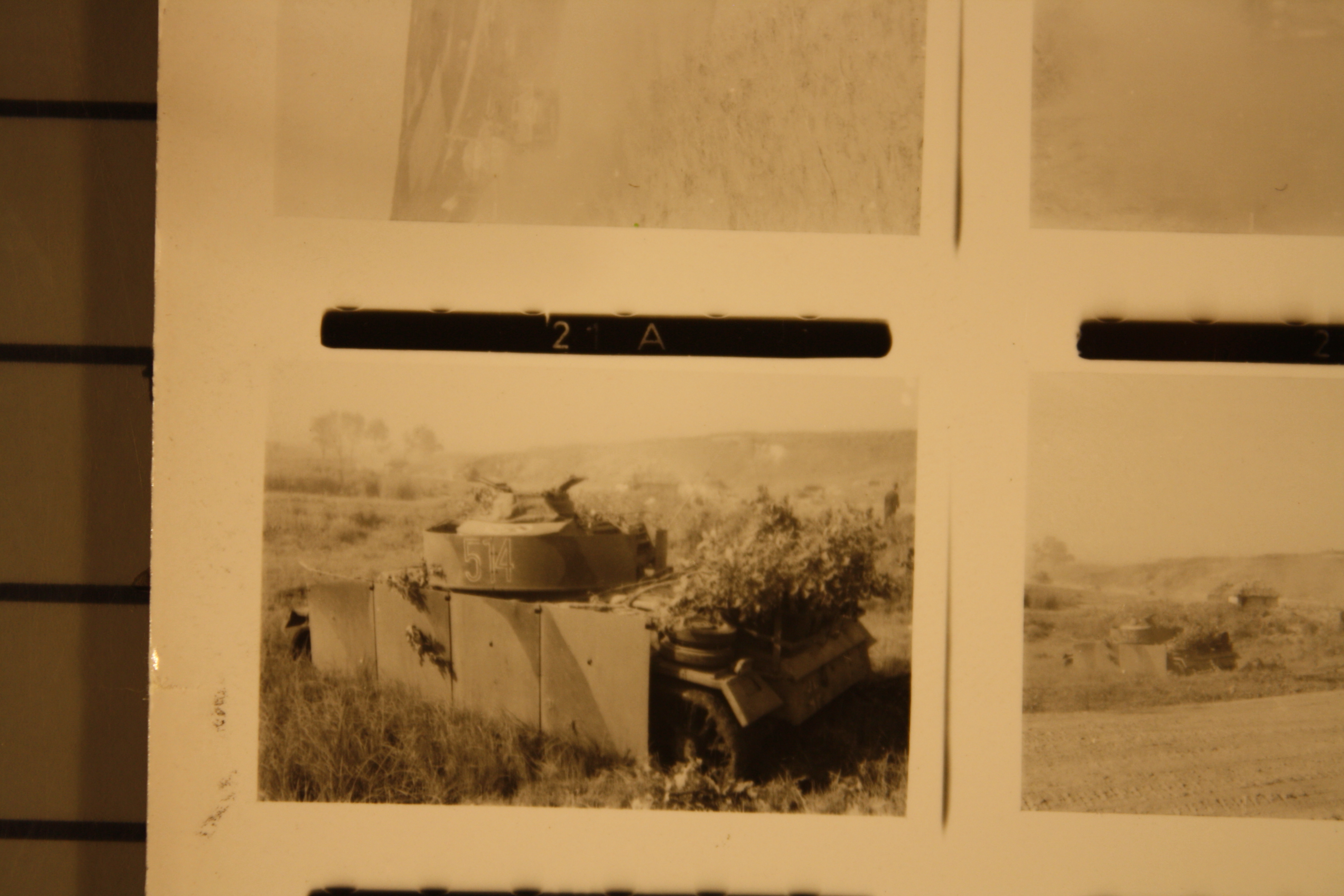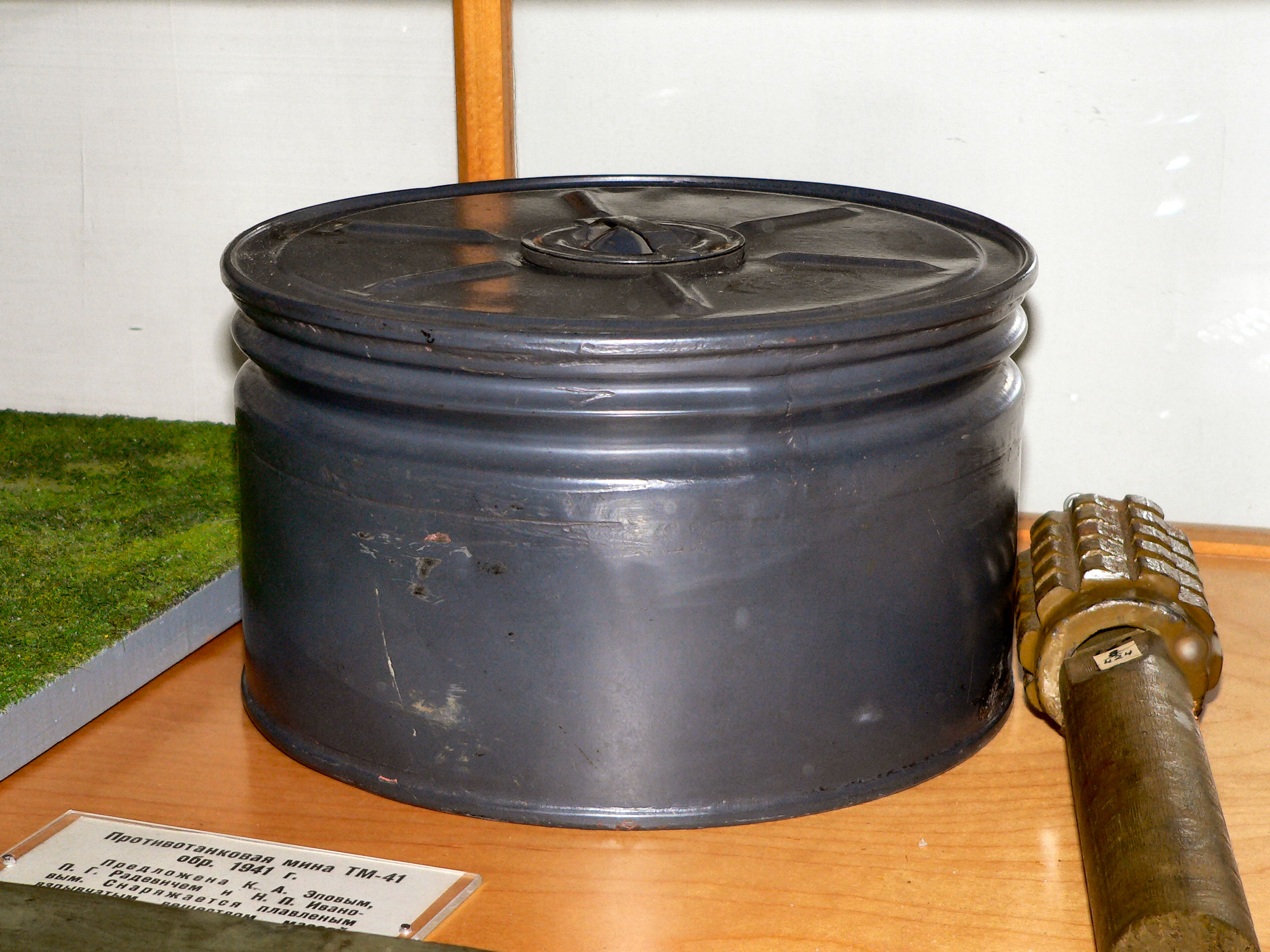
I have been doing some more work on Kursk recently. I have a rather extensive discussion of the Soviet defensive works at Kursk in Chapter 4 of my book, but I did want to better summarize the state of the works. In this case I focused on the mines. Here is what I wrote:
Just to look at one aspect of their defensive works, as part of these works were a considerable collection of the antitank and antipersonnel mines deployed in the first two defensive lines. This means in the first and second defensive echelons of the Sixth and Seventh Guards Armies. In the case of the Sixth Guards Army, this was 170,210 mines as of 4 July 1943. As of 30 June, it was 88,261 antitank mines and 53,324 antipersonnel mines. The mines were mostly deployed in the first echelon, which had 80% of the mines. They were deployed almost evenly between all four rifle divisions in the first echelon. The situation with the Seven Guards Army was similar, with 151,954 mines deployed by 5 July (66,814 antitank and 85,140 antipersonnel), of which 92% were in the first echelon. Unlike the Sixth Guards Army, their placement favored the divisions on each end of their line, the 36th Guards Rifle Division which was opposite the German XLII Corps, and the 81st Guards Rifle Division, which was facing the 6th Panzer Division. The Fortieth Army had 59,032 antitank mines, 70,994 antipersonnel mines as well as 6,377 “mine shells” (this is assumed to be artillery shells rigged to explode). The Fortieth Army, to the right of the Sixth Guards Army, was not attacked.
So for the defense phase of the Battle of Kursk (4-18 July), the Soviet Army laid at least 291,797 antitank mines and 294,378 antipersonnel mines. In the south this produced an impressive 1,666 mines per kilometer and 1,624 antipersonnel mines per kilometers.
Overall, the first defensive line of the Voronezh Front (including the first two echelons of the defending armies) had at least 221,846 antitank and 219,134 antipersonnel mines emplaced before the battle began (excluding the Thirty-eighth Army). The linear density of mines in the area (175.1 kilometers) is some 1,267 antitank mines and 1,251 antipersonnel mines per kilometer. While this appears impressive, what it would really amount to over the entire width of the front is a two-row deep minefield, with a little more than a single mine per meter in each row.
The density of the second echelon tended to be 100 to 200 mines per kilometers, or one per every five to ten linear meters of front. Clearly, the mines in the second echelon were not being laid in belts, but were instead being gathered around defensive points and blocking certain passages.
In contrast, in the third defensive belt was the First Tank Army, which reported having laid some 1,980 antitank mines and 1,520 antipersonnel mines by 4 July. Considering that the frontage of the Army was some 25 kilometers, this was indeed a very thin line of defensive works. The Sixty-Ninth Army, also deployed in the third belt had emplace as of 4 July 17,671 antitank mines and 16,848 antipersonnel mines.
There were of course, extensive earthworks, trench systems, gun pits and so forth. But again, this was heavily biased into the first echelon, with the army’s second echelon being considerably weaker. The front’s third echelon was even less prepared and some of the works, including tank ditches, had not been completed.
Anyhow, this is the first of three posts on the subject. Most of this is drawn from pages 199-205 of my Kursk book.

